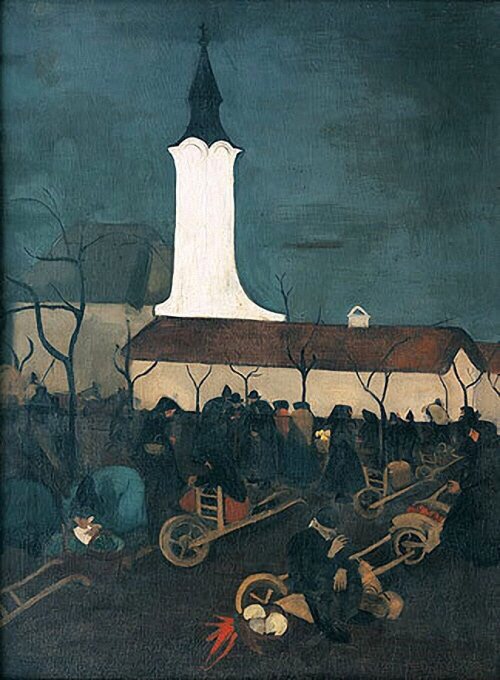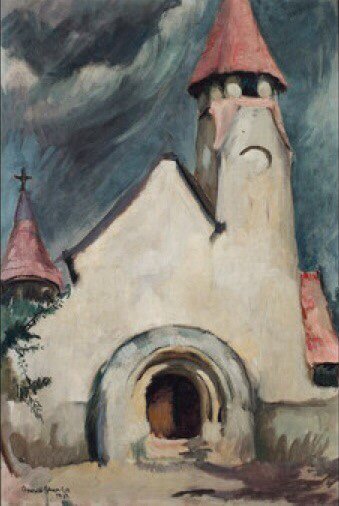Artist Amrita Sher-Gil
Amrita Sher-Gil - one of the most talented artists who have ever glorified India. And although she lived only 28 short years, this creative person left an indelible mark on the history of contemporary Indian art. She is often called the Indian Frida Kahlo, but the comparison does not always seem to characterize her correctly: she was a great artist, and not someone who needs to be compared with another person. Her father was an Indian Punjabi, but it is worth noting that Amrita was not a typical Indian woman. Her mother was Hungarian, and the future artist herself was born in Budapest. Sher-Gil began to draw herself, being a five-year-old girl. Her parents later allowed her to take drawing lessons after seeing her daughter's talent. When she grew up as a gifted teenager, her mother brought Amrita to Europe to discover her daughter's talent for various genres of paintings. However, only after returning to India did Amrita realize her full potential for artistic talent. Her paintings were the perfect blend of Western and Indian techniques that gave them an exotic appeal.

The artist was born in Budapest, Hungary, in the family of Umrao Singh Sher-Gil, a Sikh aristocrat and his wife Maria Antoinette Gottesmann, who had Jewish and Hungarian roots. Amrita had a younger sister, Indira. The artist's family moved to the city of Shimla, India, in 1921. At this time, the sisters began to study piano and violin. Talented girls even gave concerts. Amrita showed interest in painting from an early age and began to take lessons when she was eight years old. Amrita's mother noticed her talent and took the girl to Italy in 1924, where she entered an art school. Here she met with works of Italian art. Amrita also studied in Paris from 1930 to 1934. In the capital of France, the young talent became acquainted with the works of European artists, such as: Paul Cezanne and Paul Gauguin.
Sher-Gil's first major work, Young Girls, was created in 1932, after which she was invited to work as an assistant at the Grand Salon in Paris in 1933. Thus, she became the only Asian who was awarded such an honor. When she was in Europe in 1934, she was overcome by a strong feeling of returning to India. Having done this, the artist began to get acquainted with the traditional forms of Indian art. Amrita traveled extensively in South India and in 1937 released several paintings that would later become very famous. “The bride’s toilet”, which depicts a girl preparing for the wedding, was one of them. Two other paintings completed her South Indian trilogy. These were the works of Brahmachari and The Peasants of South India. In these works, one can track the artist’s attempts to use the classic Indian style of painting. Amrita Sher-Gil was very saddened by the plight of the Indians, especially women. She often depicted tormented slender figures with grim facial expressions to show the difficult life that her people lived then. Despite the fact that she lived in many countries, it was in India that the girl felt at home, it was there that she was able to fully reveal her artistic abilities.
In 1938, Sher-Gil married Dr. Victor Egan, her cousin from Hungary. They lived with him in a parental home in Uttar Pradesh, India. Despite the fact that she was married, Amrita had many love stories with men and women. The couple moved to Lahore in 1941. There Amrita became seriously ill, fell into a coma, and suddenly died. Her mother suspected Victor of the murder, although the cause of the girl’s death was never established. The artist was only 28 years old at the time of her death. She was best known for the paintings of sad, fragile figures, which realistically depicted the plight of Indian women of that time.


















































No comments:
Post a Comment